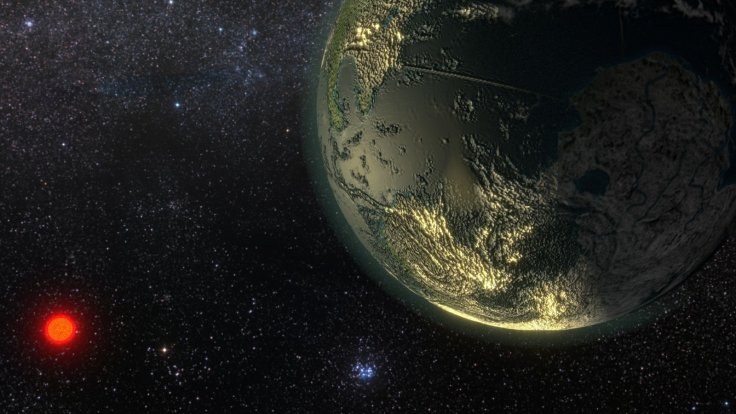
A team of scientists at the Universities of Zurich and Cambridge has discovered a super-earth where ruby and sapphires might be found in abundance.
This exoplanet which is located outside our solar system, 21 light-years away in the constellation of Cassiopeia has been now named HD219134 by space scientists.
Due to its spectacular physical composition, this exoplanet catches more light than other exoplanets. It should be noted that most of the earth's core is made up of iron compounds, but it is speculated that the core of exoplanets like these is loaded with calcium and aluminium.
"Perhaps it shimmers red to blue like rubies and sapphires because these gemstones are aluminium oxides which are common on the exoplanet," said Caroline Dorn, a researcher at the Zurich University in a recently issued statement, Phys.org reports.
The study report which is now available in the Monthly Notices of the Royal Astronomical Society also reveals that this newly discovered super-earth has five times the mass of the earth, and its density might have 10 to 20 percent less when compared to the blue planet in the solar system.
"What is exciting is that these objects are completely different from the majority of Earth-like planets – if they actually exist. In our calculations, we found that these planets have 10 to 20 percent lower densities than Earth," added Dorn.
During the research, scientists at Zurich and Cambridge analyzed the formation of planets using theoretical models and compare their results with data from observations. Scientists also determined that planets born in a hot region of the proto-planetary gas disc will be rich and calcium and aluminium, along with other constituents like magnesium and silicon.
"So we have found three candidates that belong to a new class of super-Earths with this exotic composition. We are turning the supposed diamond planet into a sapphire planet," Dorn shared his excitement.









